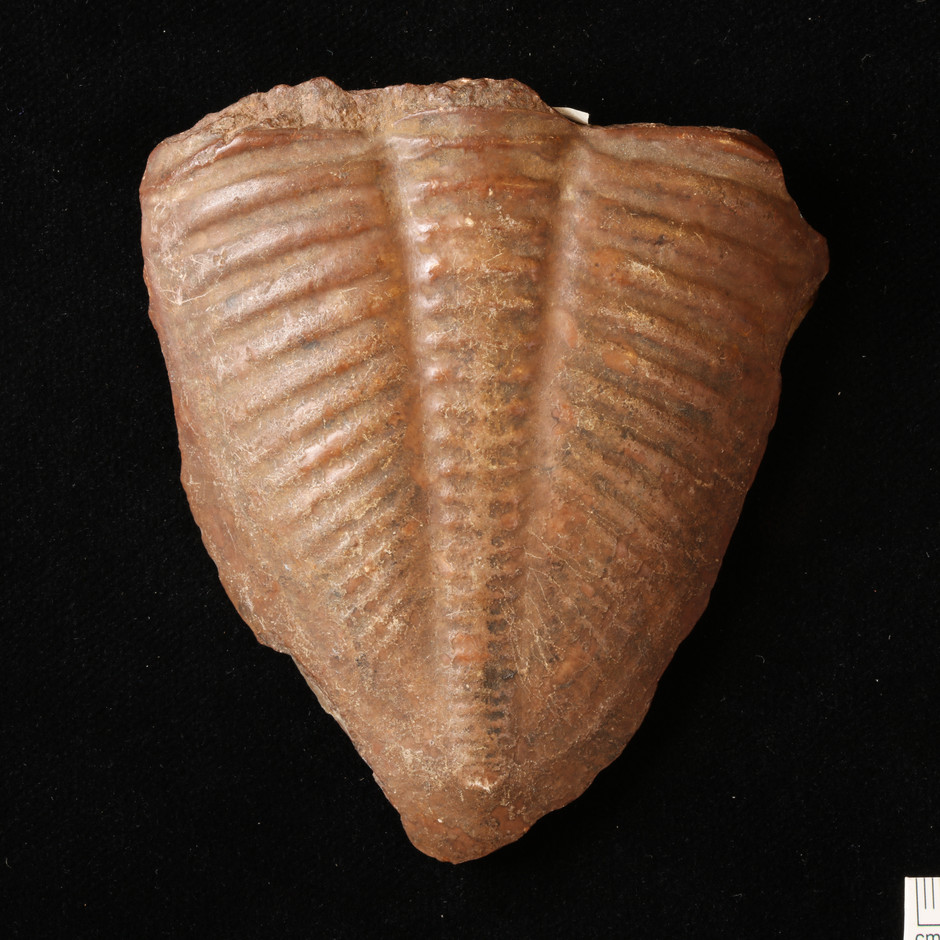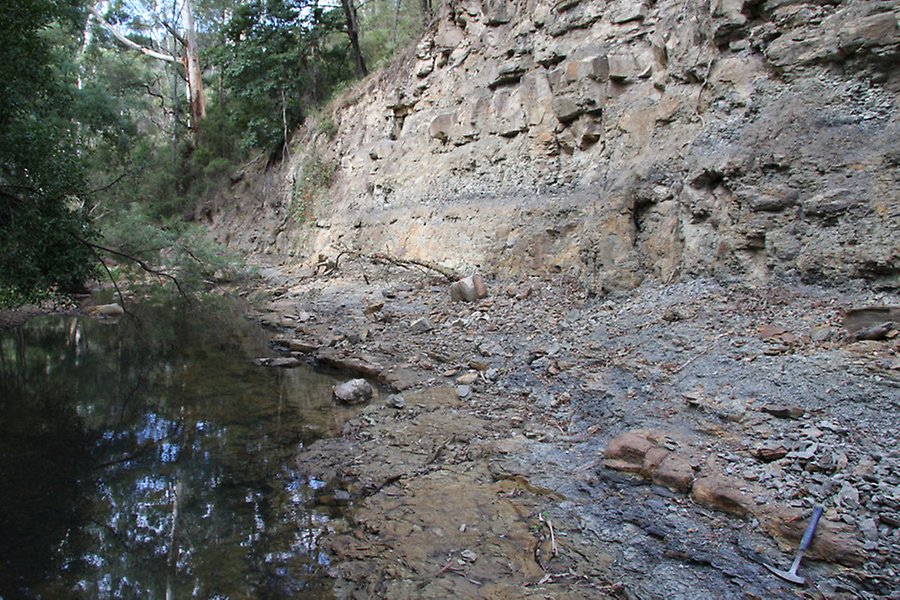Research at the Department of Palaeobiology
The Department of Palaeobiology houses nearly 2 million fossil animals and plants. The collections are used for research at the department, but also by visiting researchers from around the world.
Here you can find everything from fossil plants, invertebrates, to large mammals and reptiles. Here you can find, among other things, the world's largest collection of Silurian fossils from Gotland and one of the world's largest collections of fossil plants. The collections contain many unique and important items. Approximately 500,000 are currently registered in the database and new collections are added and registered continuously.
Even microscopic fossils are preserved in thousands of preparations. The collections represent the entire geological time scale, from pre-Cambrian to Quaternary material. The largest collections come from the Nordic countries, but fossils from almost all corners of the world are represented.
Research at the department concerns various questions about the origin of life on Earth and the development of plants and animals over time, with an emphasis on the origin and evolution of Cenozoic vertebrates, various invertebrates, including early shell-bearing organisms and molluscs from the entire geological archive, and the response of plants to major extinction events and episodes of climate change in Earth’s history.
Collections
The Department of Palaeobiology houses around two million fossil specimens which are used for research at the department and by visiting researchers from all over the world.
Palaeontological collections - fossils
Identification of palaeontological objects
When time permits, the public can get help with identifying fossils by the museum's palaeontologist for public inqueries (Jourhavande paleontolog in Swedish).
Education
For several years, the Department of Palaeobiology has been conducting a Masters course in palaeontology, together with Stockholm University. You can read more about this at the link below.
Contact
Head of Department

Deputy Head of Department

Administration

Secretary | Palaeobiology
Mailing address
Department of Palaeobiology
Swedish Museum of Natural History
Box 50007
SE-104 05 Stockholm
Sweden
Visiting Address
Svante Arrhenius väg 9
SE-114 18 Stockholm


